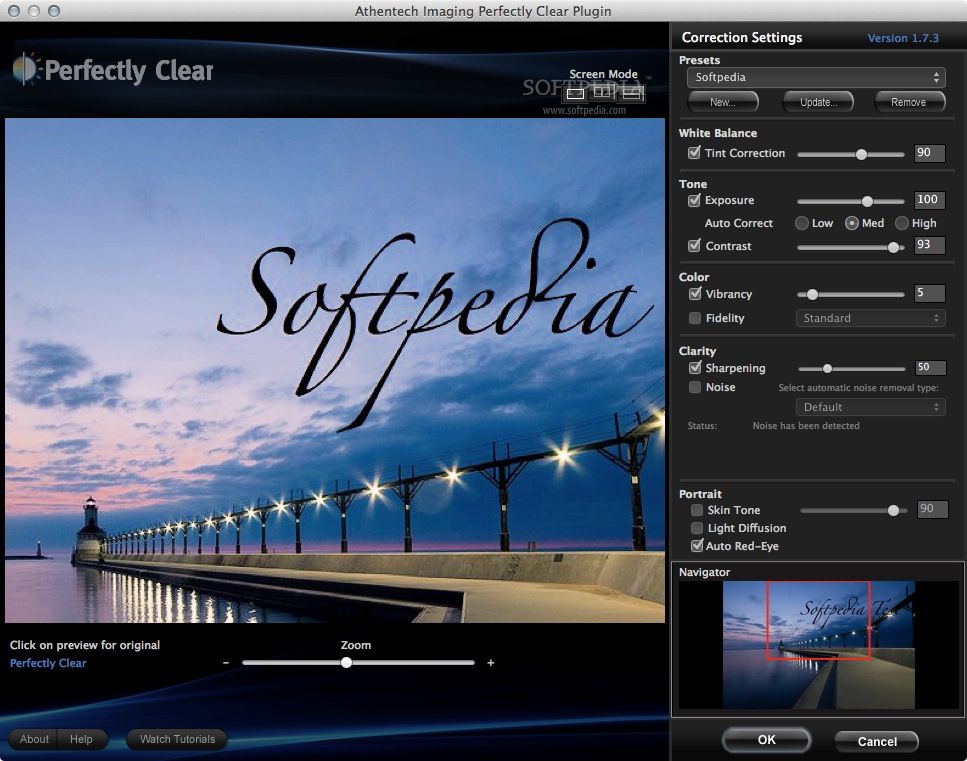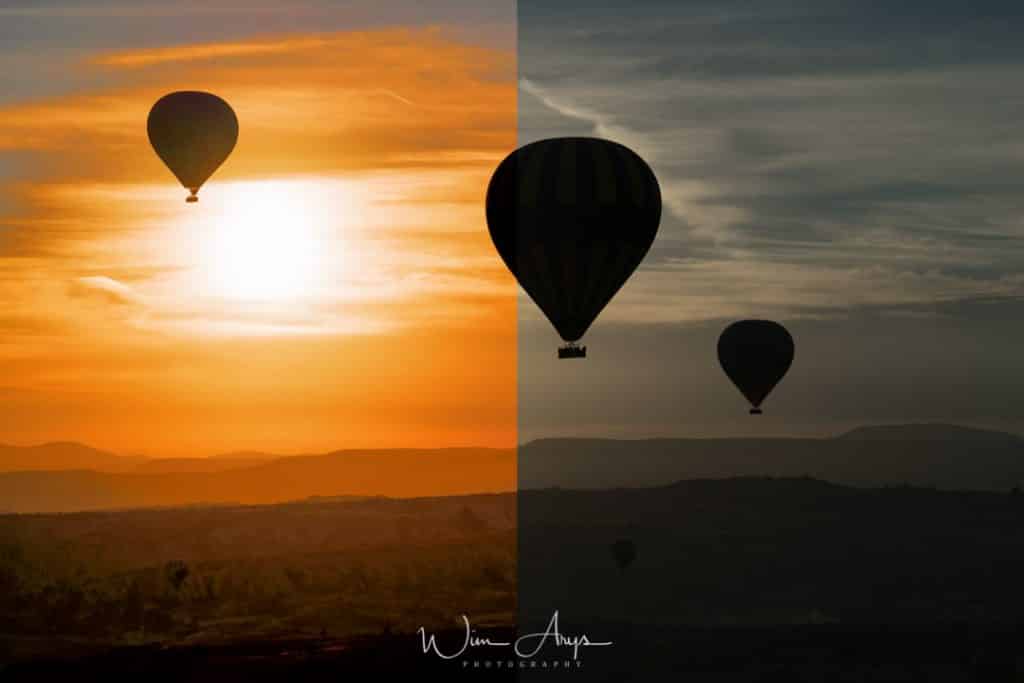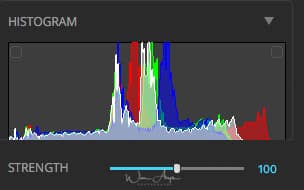

There’s no appreciable shading with the aperture wide open either at wideangle or in the mid-range, but some does become visible at the telephoto end. On the whole, vignetting doesn’t present much of a problem with this lens. For best results, select apertures around f/5.6-f/8.
Perfectly clear 3.5 review full#
Zoom to full telephoto, and it’s simply not very sharp at all. In the middle of the zoom range it’s not so sharp in the centre, and the corners are even softer. At wideangle it records very respectable central sharpness, but the corners lag behind. Olympus 12-200mm f/3.5-6.3: ResolutionĮven a quick glance at our Image Engineering MTF tests reveals that this isn’t the sharpest optic you’ll come across.


Flare resistance is pretty impressive too, given the complexity of the optical design. In fact I was pleasantly surprised by the attractiveness of the bokeh, which is usually a weakness of superzoom lenses. With its long focal length, the 12-200mm can deliver some nicely blurred backgrounds, especially when shooting close-ups. The lens gives attractive blurred backgrounds towards the telephoto end.

So while it’s perfectly well behaved for daytime shooting, it’s not going to be the best choice indoors or at night. But its relatively small maximum aperture means it struggles noticeably in lower light levels, especially at the long end of the zoom. Olympus 12-200mm f/3.5-6.3: AutofocusĪs we’ve come to expect from Olympus, in good light the 12-200mm provides generally fast, decisive and silent autofocus.
Perfectly clear 3.5 review manual#
The smoothly rotating manual focus ring is placed further forwards, and activates a focus-by-wire mechanism. It’s a little stiff in operation, with a noticeable increase in force required to get past the 100mm point, but this doesn’t hamper composition in practical use. It rotates through approximately 90 degrees from the wide to telephoto positions, meaning no shift in grip is required to access the full zoom range. The broad zoom ring occupies most of the barrel, meaning it falls naturally to hand during shooting. Comparing optical formulae shows a distinct resemblance to the aforementioned 12-100mm, although with slightly reduced complexity that’s presumably attributable to the absence of optical stabilisation in the 12-200mm.Ī rubber seal around the Micro Four Thirds mount helps keep out water and dust The 12-200mm employs 16 elements in 11 groups, including three aspherical elements and a whole array made of special materials, including extra-low-dispersion (ED) glass, super ED glass, high refractive index (HR) glass and super HR glass, with the aim of reducing distortion and chromatic aberration. In order to achieve the immense zoom range, Olympus has really gone to town on the optics. If the firm has managed to transfer what it’s learned to this new optic, then with any luck the 12-200mm will perform better than we might otherwise have expected.
Perfectly clear 3.5 review pro#
But Olympus has form, with its excellent but expensive 12-100mm f/4 IS Pro redefining expectations for long-range zooms. To borrow a sporting cliché, it’s a big ask to make a lens like this with anything approaching decent image quality, despite its £800 launch price. So let Perfectly Clear handle the editing chores while you devote your day to doing what you do best-creating incredible images.The Olympus 12-200mm covers a huge 16.7x zoom range We invented our automatic image corrections to take away the tedium and give you back your freedom. You became a photographer to go out and capture the beauty of the world, not sit inside at an editing desk. You have better ways to spend your day than laboring over manual edits But what if you could have better photos faster? Perfectly Clear has mastered the science of intelligent image correction - creating superior quality photos in record time, so you can get back to doing what you really love…in no time.


 0 kommentar(er)
0 kommentar(er)
